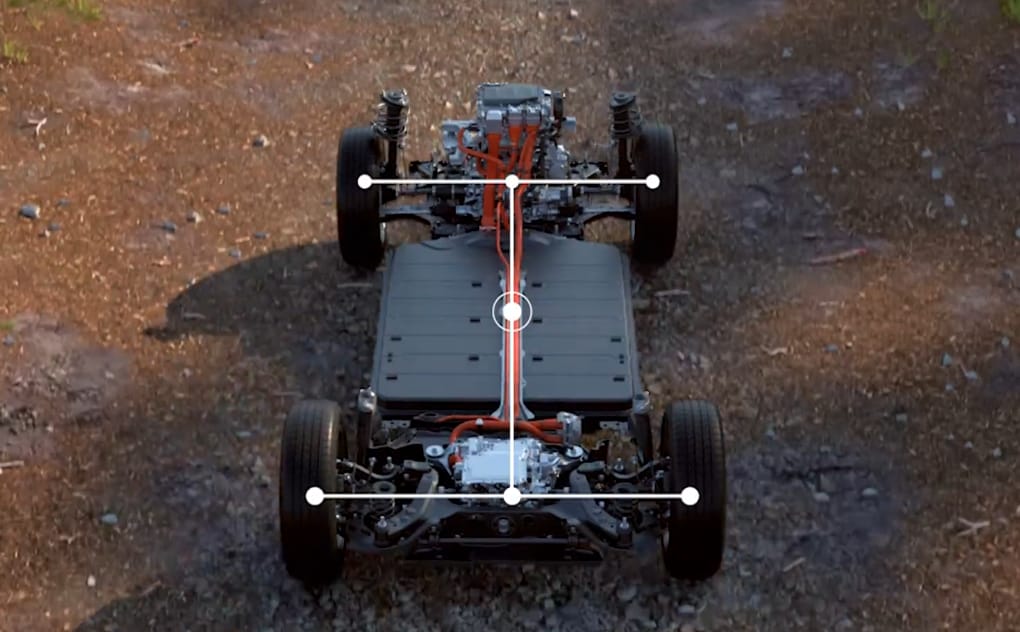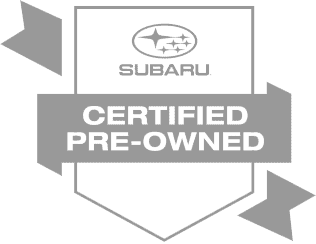
TL;DR
- Audi's quattro AWD features variable torque split and torque vectoring, with systems like "ultra" that prioritize efficiency and performance.
- Subaru's Symmetrical AWD is a full-time system, always on and continuously delivering power to all four wheels for constant stability and control.
- For Las Vegas, NV, Subaru's full-time Symmetrical AWD offers constant, immediate control for varied conditions. This unwavering engagement ensures superior safety.
-----
Also Read: Subaru SUV Lift Over Height Comparison Chart
When considering a new vehicle, especially in a dynamic environment like Las Vegas, Nevada, the all wheel drive system is a critical feature for safety and performance. Today, we delve into a crucial comparison: Audi vs Subaru all wheel drive. While both manufacturers offer sophisticated AWD technologies, we will explore why the Subaru Symmetrical All Wheel Drive system stands out as the superior choice for drivers in the Las Vegas area.
Audi’s quattro
Historically speaking, quattro began in 1976 when Audi engineers observed that all wheel drive prototypes outperformed front wheel drive counterparts in deep snow. Since 1980, nearly 11 million Audi vehicles have been built with quattro, and it remains synonymous with the Audi name.
Audi considers quattro to be central to what makes an Audi vehicle unique, offering exceptional driving dynamics alongside impressive traction and efficiency. The quattro system boasts several key features. It employs a variable torque split that intelligently directs power between the front and rear wheels, sending more traction to the axle with the best grip for a surefooted feel in almost any condition. For enhanced handling performance, torque vectoring works by braking an inside wheel in corners and proactively transferring torque to the outside wheel to help turn the car.
Additionally, an available rear sport differential can send power to the outside rear wheel when turning, allowing it to rotate faster for improved cornering. Audi has tailored various quattro systems for its models. The quattro with ultra technology proactively switches to all wheel drive in specific driving circumstances, providing additional grip when needed and efficiency when it is not. The multi plate clutch system typically directs most power to the front wheels for efficiency under normal driving conditions, sending more torque to the rear when conditions demand it.
Another quattro system, featuring a self-locking differential, normally splits torque between all four wheels, always powering them and quickly sending power to the axle with the best traction for enhanced control. Audi has also reimagined quattro for its electric vehicles, with e-quattro systems delivering torque from electric motors to the wheels in about 30 milliseconds for remarkable control.
The e-torque vectoring plus, available on certain e-tron models, quickly distributes torque on the rear axle to the wheel that needs it most, improving traction and agility through turns.
Subaru’s Symmetrical All Wheel Drive
Now, let us turn our attention to the Subaru Symmetrical All Wheel Drive system, a drivetrain setup featured on nearly every Subaru vehicle. All wheel drive is a system where all four wheels receive optimal power as needed, enhancing control and stability, especially when facing harsh weather, challenging terrains, or various road conditions. Subaru's all wheel drive vehicles utilize front, rear, and center differentials to deliver constant, varying amounts of power directly to each wheel. Smart sensors continuously monitor traction and grip, allowing the system to quickly and seamlessly respond if a wheel begins to lose traction, providing the necessary boost without driver intervention.
All wheel drive systems can be categorized as full time all-wheel drive or part time all-wheel drive. Most Subaru vehicles are equipped with full time all-wheel drive, which delivers power and torque to all four wheels at all times, with sensors continuously monitoring traction to ensure proper power distribution. This contrasts with part time systems that switch between front wheel drive or rear wheel drive, engaging the other axle only when sensors detect a need for added traction.
The Symmetrical Subaru AWD system is full time, meaning it is always on and consistently delivering variable power based on sensor detection. This constant engagement contributes to a safe and stable driving experience, giving drivers greater control, particularly in challenging conditions. While some all-wheel drive vehicles may use more gas, especially in situations demanding extra power like steep inclines or towing, daily driving on even terrain should have little impact on fuel consumption. Furthermore, Subaru models have earned accolades for longevity, value retention over time, and resale value, making a Subaru equipped with Symmetrical AWD a smart investment.
Audi vs Subaru All Wheel Drive
When it comes to Audi vs Subaru AWD for Las Vegas drivers, the Subaru Symmetrical All Wheel Drive system unequivocally emerges as the better choice. While Audi's quattro systems are highly sophisticated and performance oriented, the inherent nature of Subaru's full time Symmetrical All Wheel Drive provides a distinct advantage for everyday driving and unforeseen circumstances in the Las Vegas area.
Consider the driving conditions in Las Vegas. While heavy snow is rare in the city itself, drivers often venture into surrounding areas with varied terrain, from mountain roads to desert trails, which can be challenging. Moreover, Las Vegas can experience sudden and intense rainstorms, leading to slick roads and reduced visibility. In these scenarios, the Subaru Symmetrical All Wheel Drive system’s constant engagement is a game changer. Because it is always on and continuously delivering power to all four wheels, there is no delay in the system reacting to a loss of traction. This provides immediate stability and control, offering a superior level of peace of mind when encountering unexpected slippery patches or gravelly roads.
Audi's quattro with ultra, while proactive, still "switches" to all wheel drive, and its multi plate clutch system typically prioritizes front wheel drive for efficiency before sending more torque to the rear when conditions become demanding. This means there is a moment of detection and engagement, however brief, before optimal power distribution is achieved. For the Las Vegas driver, who might suddenly encounter water on the road from a flash flood or unexpected loose gravel, the Subaru’s uninterrupted full time all-wheel drive offers an instantaneous response that can be critical for maintaining control and preventing slippage.
Beyond immediate traction, Subaru's commitment to safety is paramount, as evidenced by its innovative performance features. The overall purpose of Subaru's all-wheel drive is to create a safe, stable driving experience with greater vehicle control. This dedication to driver confidence and stability in all conditions makes Subaru an ideal companion for the diverse driving needs of Las Vegas residents.
Furthermore, from an investment perspective, choosing Subaru makes strong financial sense. Subaru vehicles are recognized for their longevity and impressive retention of value over time. This means that while both Audi and Subaru offer advanced all-wheel drive, your Subaru will not only keep you safer on the roads, but it will also likely be a more financially sound decision in the long run.
Final Thoughts
So, there you have it, our close look at Audi vs Subaru all-wheel drive systems. For Las Vegas, NV drivers prioritizing constant, unwavering traction, superior safety, and a smart investment, the choice is clear. Visit Findlay Subaru Las Vegas today to experience the confidence and capability that only Subaru Symmetrical All Wheel Drive can provide!
During your visit, be sure to also check out our amazing collection of latest Subaru models, as well as our value-for-money pre-owned inventory.





